Former Jaguar design boss Ian Callum's eponymous car company has unveiled the interior of its debut model, the Skye, edging it closer to production.
It has been designed to help the electric sports car to hit a target weight of just 1150kg, which would make the Skye one of the lightest EVs on the market.
As such, it has a minimalist look, with a spine-like centre console, leather straps in place of traditional door-pulls and a smallcentrally mounted infotainment touchscreen.
Key features such as the air conditioning are controlled using a pair of rotating dials placed on the centre console, in similar fashion to the new Bugatti Tourbillon.
Instrumentation, meanwhile, comes in the form of traditional printed dials with additional readouts for range, battery charge and temperature.
The rest of the interior is upholstered in white leather with contrasting 'Vitamin C' orange elements, supplied by Scottish company Bridge of Weir.
The car has seating for four, with two bucket seats up front and a simple bench in the rear.

The Callum company said it would show another variation of the interior, said to be more rugged, next year.
The Skye is expected to launch in summer 2026, and between 50 and 250 units will be produced annually, priced between £80,000-£110,000.
That lines the electric off-roader up against the similarly conceived Ariel Nomad, which entered its second generation earlier this year.
The Skye is powered by two electric motors (one on each axle) with combined outputs of 247bhp and 221lb ft, as well as a 42kWh battery that yields a claimed range of 170 miles.
Speaking at the car’s public debut at the Savile Row Concours earlier this year, Ian Callum told Autocar: “This is not just a pretty street car. It’s going to have real off-road capability.
"We’ve been working on this for two years so far, and now we're ready to start developing prototypes. So now is the right time to let the world see it, and we’ll be in production within two years.”

He added: “I do see this as a west coast of America-inspired car. It’s an off-road car, it’s a sand car, it’s a mud car, and I think the west coast will be where a lot of our customers are based.”
As such, Skye will be available in two guises: one tailored more towards off-road ability, the other for on-road dynamics. The off-road car will feature a higher ride height and up to 100mm of suspension travel - as well as a pared-back interior with less of a focus on luxury than the on-road edition.
The Skye’s bold shape, which the company says is “driven by its capabilities”, is based on a strong ‘accent loop’ surrounding the door apertures, with a horizontal body structure running through the whole car and providing mountings for the two large doors, which are glazed below the waistline as well as above it.

Its chassis is a rugged steel spaceframe with plenty of ground clearance and travel for its bespoke all-independent suspension, and it sports a lightweight composite body.
Underneath, most of its chassis componentry has been developed in-house, but the battery and electric motors are sourced from an unnamed supplier. Callum director of engineering Adam Donfrancesco said: “We’ll take motors from places we like and include that with a lot of powertrain electronics that have been created for us, including wiring looms. Anything more serious we’ll get from our trusted supply network.”
Francesco added that the influence of rally cars was key in making it enjoyable to drive. He said: “It's not just about how fast it goes down the road, because it wants to have great steering feel, it wants to have nice suspension feel, it wants to be like a Tarmac rally car.”
Before customer deliveries begin, the Skye will be taken on a testing programme around the Midlands, as well as more extreme locations, but without the traditional testing camouflage usually worn by test mules.
Ian Callum said: “OEMs camouflage the cars because they want to take them out testing. And they camouflage them because the competition is out there and they don't want other people to see it.

“We don’t really have any competition. It’s quite a unique product. So we’re not averse to letting the world see what we’re doing. We’ll be out in the open testing it.”
"We want to make the car as usable as possible”, said Ian Callum. “Is ingress going to be perfect? It’s not bad. It’s easier than some sports cars. We think the inside of a classic Porsche is big enough for most people to still enjoy the car. That, in some ways, has been our dimensional benchmark.”
The Callum company’s total staff now runs to more than 20 people, although Ian Callum says the firm’s intention is always to remain “small and agile”.
As the first all-new Callum model, the Skye succeeds successful programmes unveiled since the company was founded in 2019, including a highly individualistic reinterpretation of the 2001 Aston Martin Vanquish (an Ian Callum original), a string of impressive forays into product design and some still-secret collaborative projects.
Q&A with Ian Callum, design chief, Callum
Did you consider a sports car as your first own-brand product?
“We did but decided it would be a bit predictable. We settled on something that would show our versatility and that we’re about all kinds of vehicles, not just one.”
Will you make more bespoke Callum cars?
"That’s our intention. The Vanquish project was something we did to prepare ourselves for the phase that starts with Skye, doing our own projects. We don’t want just to be an agency for other brands. We have a way of creating simple but beautifully crafted cars with special detail design.”
Would you do the next one in bigger numbers?
“There’s lots to do before we get to that kind of decision, but if things go well we could imagine making our own cars in batches of up to 1000. David, Adam and I have been doing this car creation thing together for quite a few years. It’s not a mystery to us; we know our capabilities.”






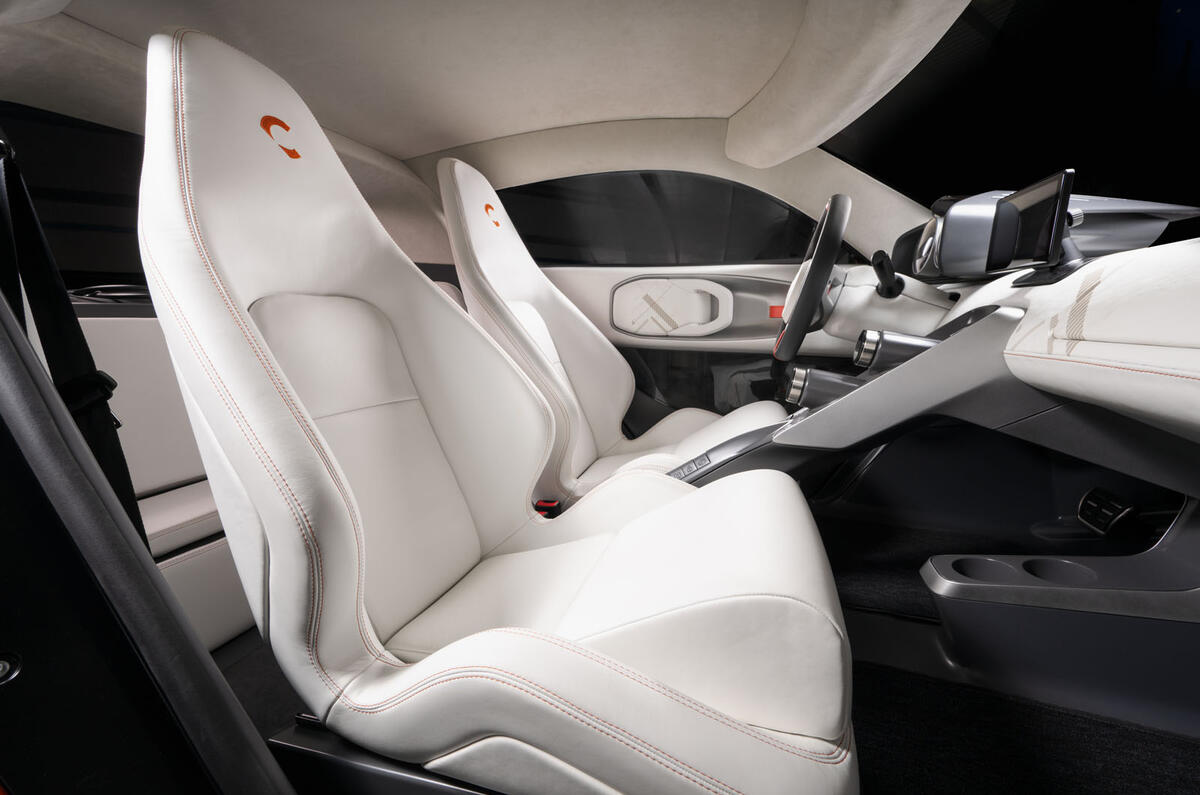
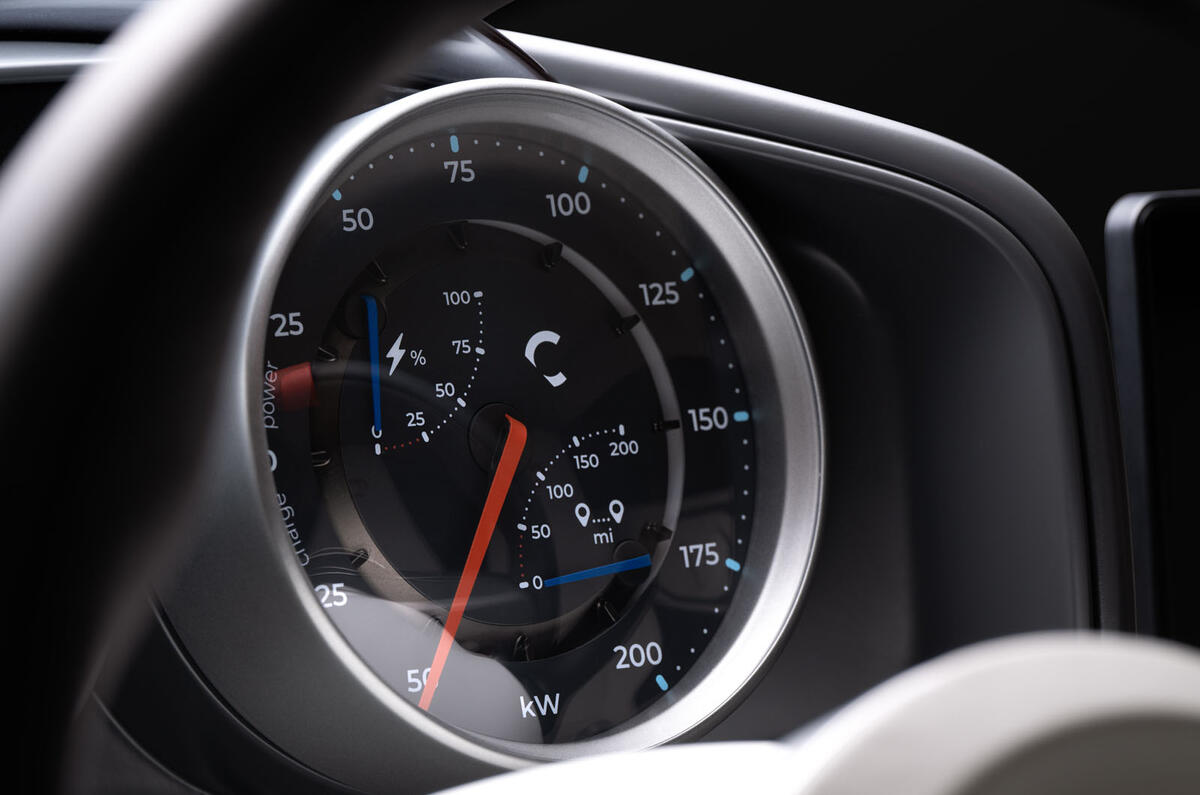






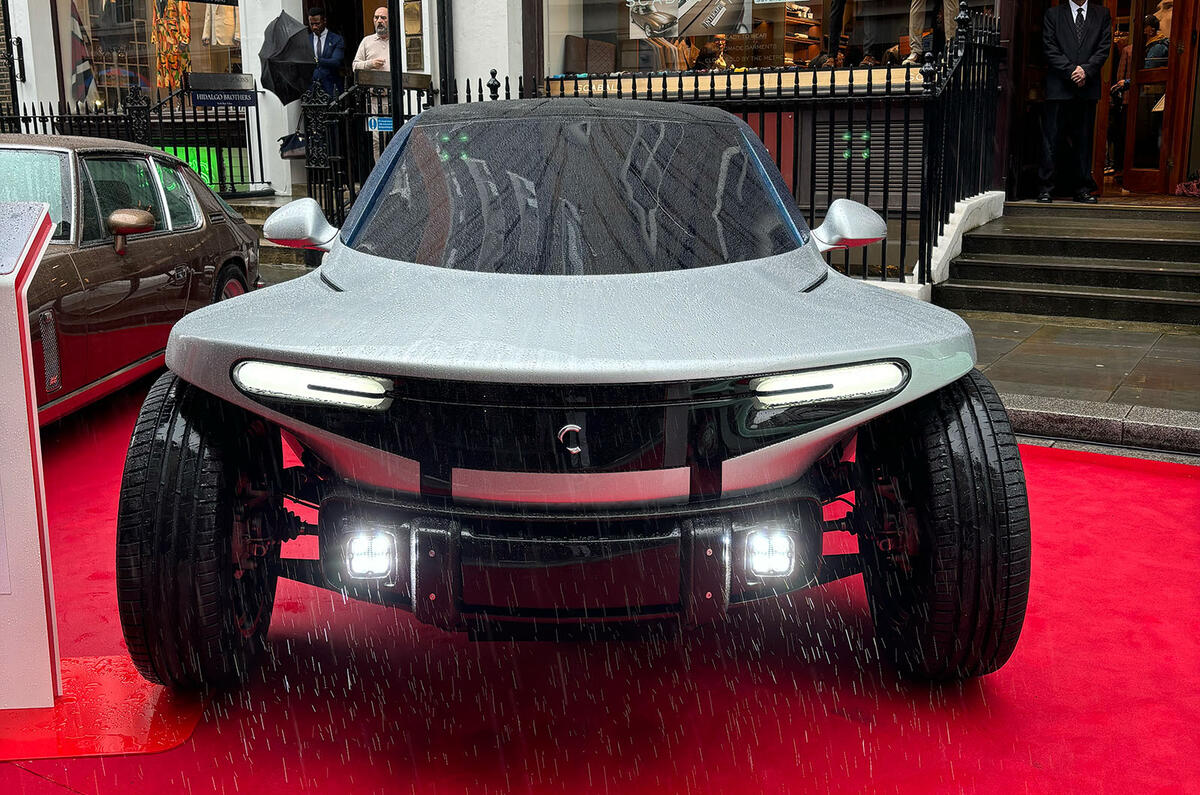


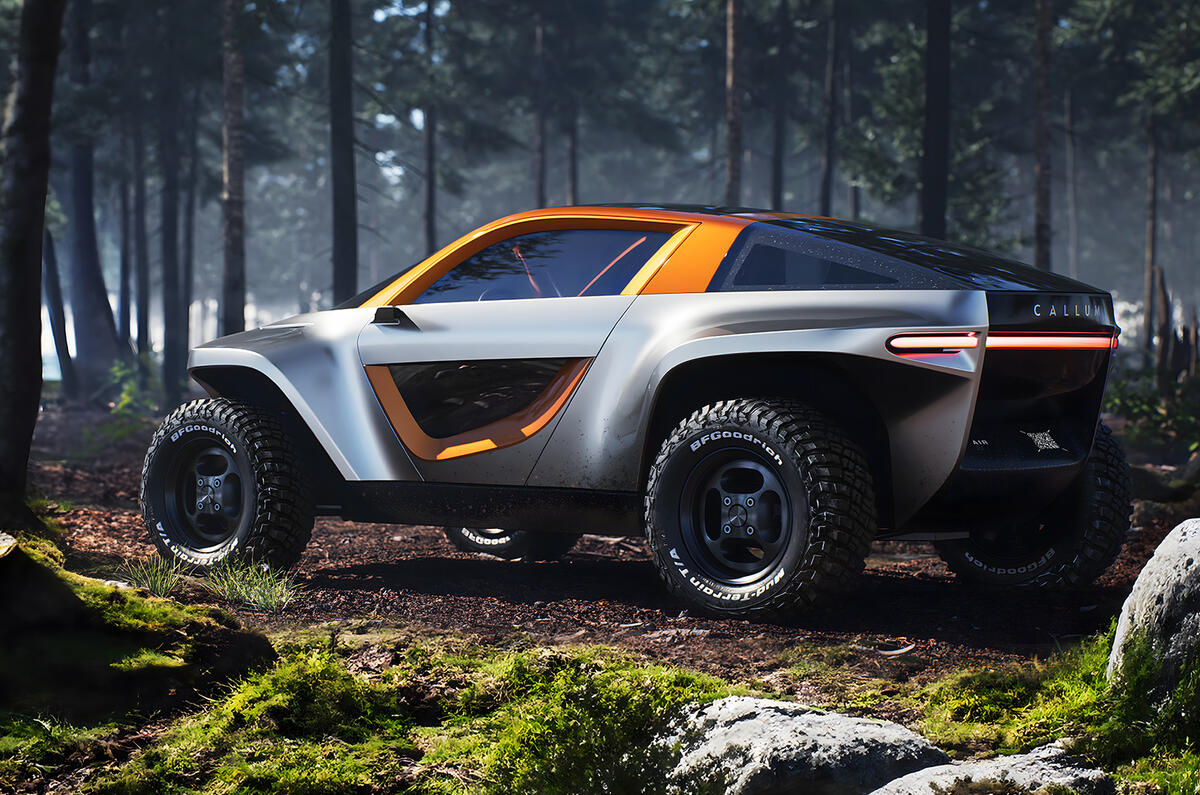



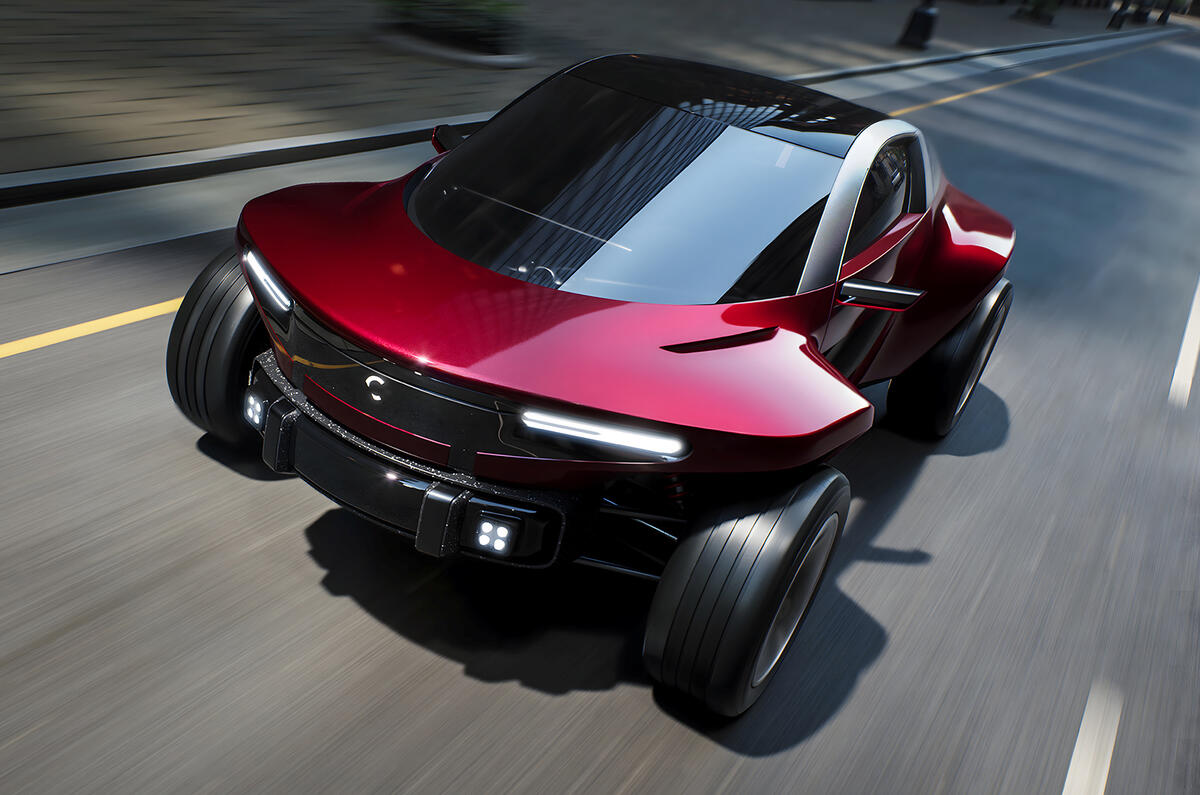




















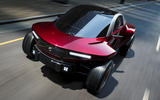












Join the debate
Add your comment
Massive Smart vibes even before I saw the logo and... I'm not sure that can be good.
Wasn't Lee Noble working on something like this, using a load of Ford parts?
The badge is pure Smart, the interior robs bits from Volvo, and the output of the motor seem very similar to the Smart #1 and the Volvo EX30.
The price is absolutely shocking in a Jaguar kind of way, and has no one told him people have gone off leather, especially in EVs.